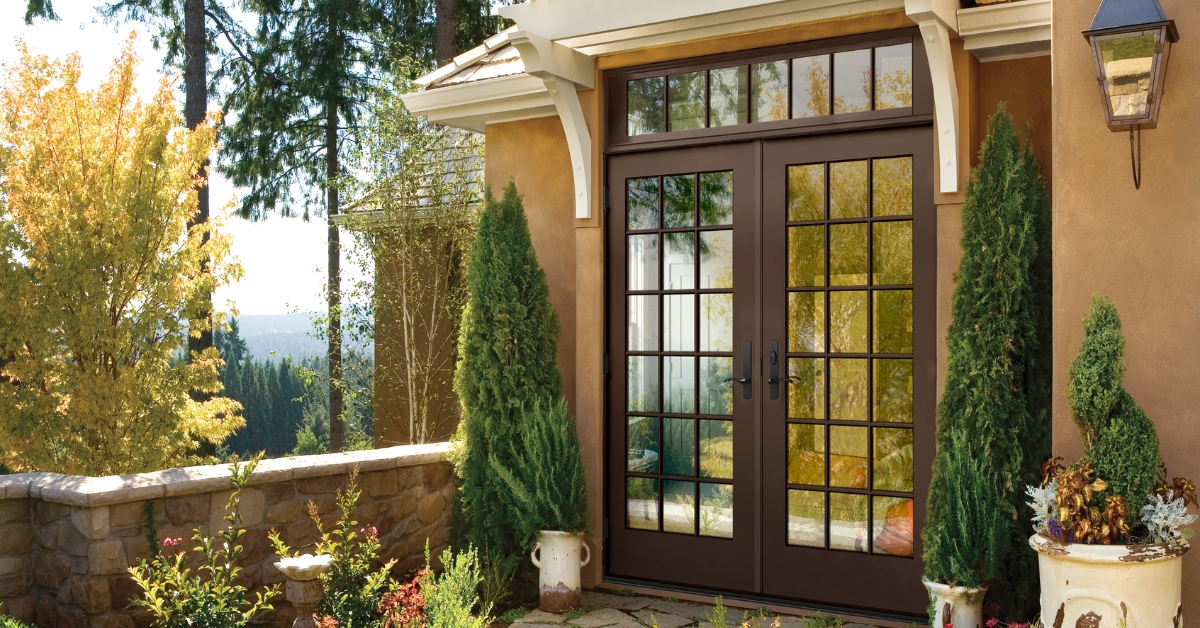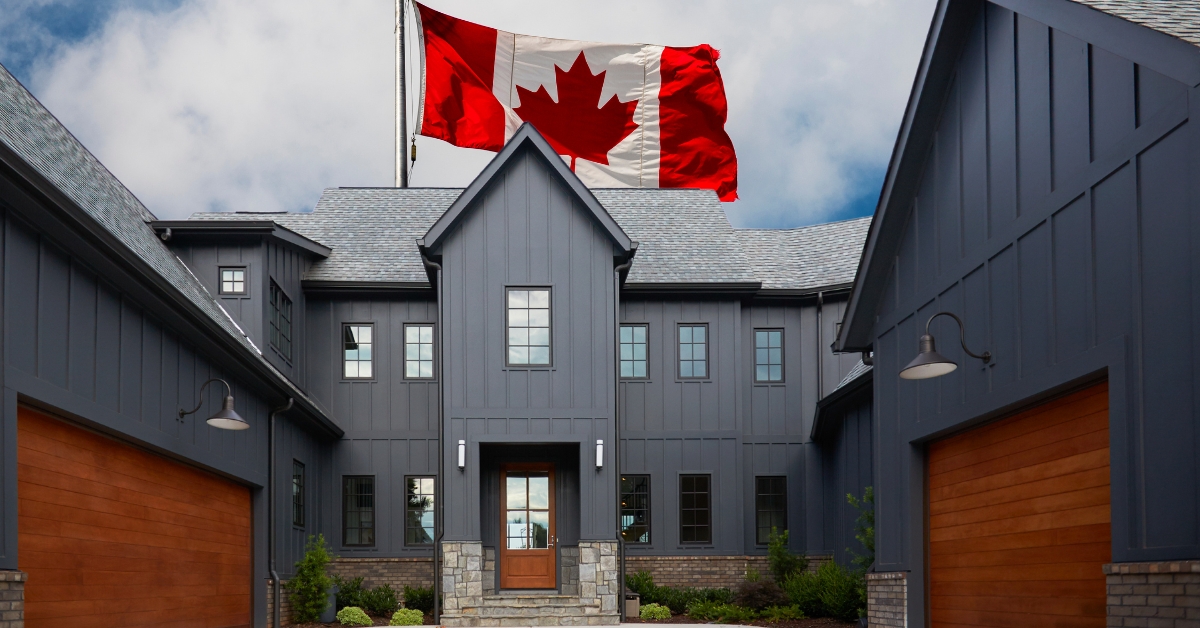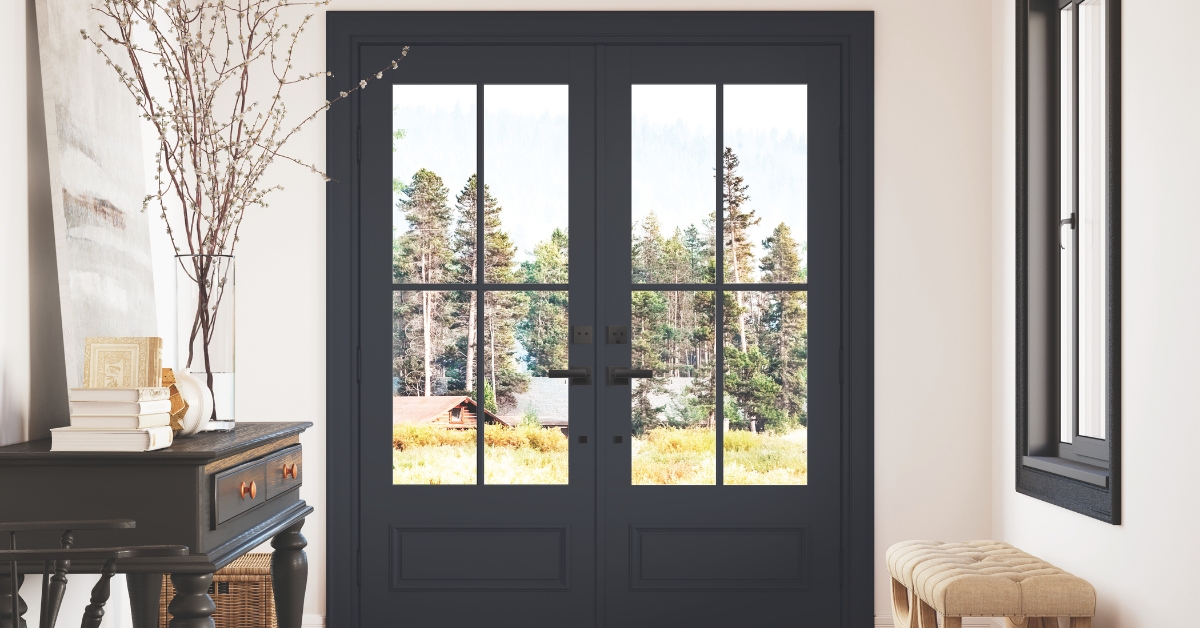Welcome back to our series on windows and doors! In our previous article, we explored door materials and construction, focusing on how choices like wood, steel, and fiberglass affect durability and aesthetics. Today, we’ll examine a critical yet often overlooked aspect of door performance: insulation and energy efficiency.
Doors are more than entry points; they are vital to maintaining indoor comfort and energy efficiency. Proper insulation can reduce energy use, lower utility bills, and enhance home comfort. Let’s explore why door insulation matters, the materials used, and how energy-efficient doors align with Canadian standards.

Why Door Insulation Matters
In Canada’s diverse climate, doors are a major source of heat loss or gain, particularly in regions with extreme temperatures. Up to 25% of a home’s heating and cooling energy can be lost through doors and windows. Insulation mitigates this by:
- Thermal Regulation: Blocking outdoor temperatures to keep homes warmer in winter and cooler in summer.
- Energy Savings: Reducing HVAC workload, lowering energy bills.
- Comfort: Minimizing drafts and temperature fluctuations for a stable indoor environment.
Without proper insulation, even high-quality doors can become energy drains. Key factors include insulated cores, weatherstripping, and materials suited to Canada’s climate zones.
Insulation Material Used in Doors
Polyurethane and polystyrene foam are popular choices for doors due to their high R-values, durability, and adaptability to Canadian climates.
Key Features
- High R-Values: Polyurethane (R-3.5–5 per inch) and polystyrene (R-3.6–5 per inch) offer excellent thermal resistance.
- Air and Moisture Barrier: Reduces drafts and condensation, critical in Canada’s humid coastal regions and cold interiors.
- Versatility: Can be sprayed in place or pre-formed for steel, fiberglass, or custom builds.
Pros
- Superior insulation for extreme climates.
- Lightweight and durable.
- Longevity under normal conditions.
Cons
- UV sensitivity (less of a concern for interior doors).
- Requires additional sealing for optimal air-tightness.
Common Applications
- Steel and fiberglass doors with foam-filled cores.
- Custom builds in regions with harsh winters
How Energy-Efficient Doors Reduce Heating and Cooling Costs
Energy-efficient doors minimize heat transfer while meeting Canadian standards. Key features include:
High R-Values
Doors with R-4 or higher (e.g., polyurethane-insulated steel) outperform standard wood doors in cold climates.
Weatherstripping and Seals
Double or triple seals prevent air leaks, a critical factor in Canada’s frigid winters.
Low-E Glass and Glazing
For doors with glass (e.g., sidelights), Low-E coatings and double/triple glazing enhance insulation.
Air Leakage Ratings
Canadian standards like NAFS (North American Fenestration Standard) and CSA test air leakage rates, ensuring doors meet strict efficiency criteria.
Canadian Energy Standards and Building Codes
In Canada, energy-efficient doors must comply with:
Key Requirements
- R-Value Thresholds: Vary by climate zone (e.g., R-4.0 for colder regions like the Prairies).
- Air Leakage Limits: Doors must pass NAFS testing (measured in cfm/ft²).
- Certifications: Look for ENERGY STAR, CSA, or NAFS labels.
Choosing the Right Door for Canadian Climates
When selecting an insulated door, consider:
Climate-Specific Needs
- Cold Regions (e.g., Alberta, Quebec): Prioritize high R-values and foam or VIP insulation.
- Humid Areas (e.g., BC, Atlantic Provinces): Opt for moisture-resistant materials like fiberglass or steel.
Budget and Long-Term Savings
Insulated doors may cost more upfront but offer energy savings over time.
Design and Aesthetics
Energy-efficient options range from modern steel to wood-look fiberglass, matching Canadian home styles.
Professional Installation
Proper sealing and weatherstripping are crucial for performance.
Energy-efficient doors are a smart investment for Canadian homeowners, offering comfort, cost savings, and sustainability. By understanding insulation materials, R-values, and Canadian standards like NAFS and the NBC, you can make informed choices tailored to Canada’s diverse climates.
Stay tuned for our next article, where we’ll explore the role of door weatherstripping and sealing in maximizing energy efficiency.
Explore Related Posts

















